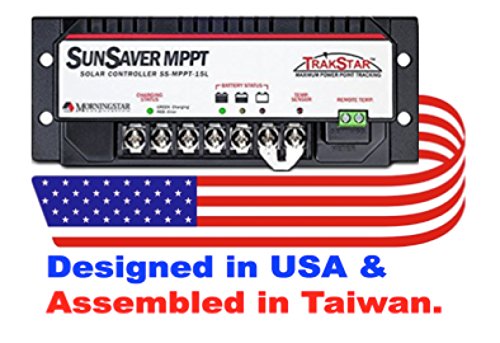I got my panels switched and fused today, and both controllers mounted and half wired. But realised that my cables to batteries are too big for the controllers.
The Morningstar 60mppt has screw-down connections where you just stick the wire in and tighten screw. The 1 awg almost fit...close enough that if I snipped some strands I could probably get it. But I think I read once I shouldn't do that.
The little controller has little terminals that I need to use the U-clip shaped connectors, and nothing West Marine had was even close to taking 1 awg down to that size.

Do I figure out what the largest wires I can possibly make fit and then put a busbar close to controllers? thanks...
The Morningstar 60mppt has screw-down connections where you just stick the wire in and tighten screw. The 1 awg almost fit...close enough that if I snipped some strands I could probably get it. But I think I read once I shouldn't do that.
The little controller has little terminals that I need to use the U-clip shaped connectors, and nothing West Marine had was even close to taking 1 awg down to that size.

Do I figure out what the largest wires I can possibly make fit and then put a busbar close to controllers? thanks...































































